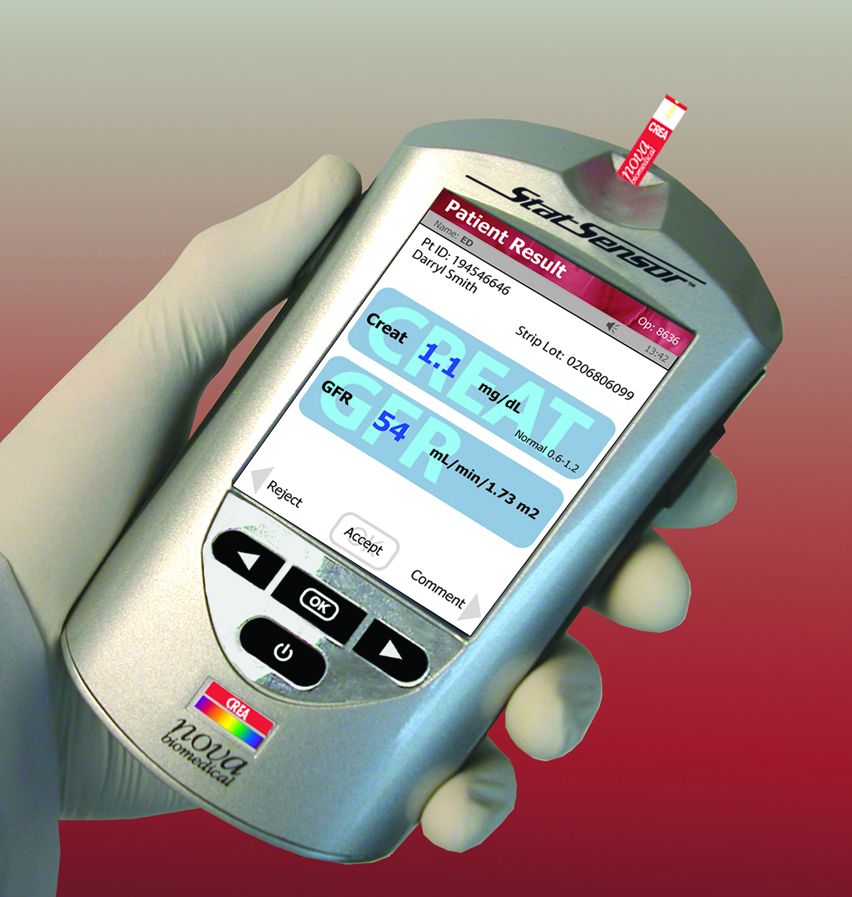
Because a group of people are at the same age, they should not be assessed the same way. Kidney disease, gender, Mini Mental State Examination (MMSE) and chronic obstructive pulmonary disease explained 25% of the variation in creatinine levels and MMSE explained three per cent of γ-GT variation. For AST levels, ADLs, cancer and analgesics explained 5% of changes. ADLs, gender and weight explained 15% of changes in ALT. Linear regression predicted factors for 34% of the variance in albumin were activities of daily living (ADL), gender, stroke and cancer. Albumin, ALT, AST, creatinine and γ-GT were analyzed using routine methods. They were divided into three cohorts: frail, moderately healthy and healthy, depending on cognitive and physical function. Blood samples were collected from individuals >80 years old, nursing home residents, in the Elderly in Linköping Screening Assessment and Nordic Reference Interval Project, a total of 569 individuals.

The aim of the study was to assess levels of albumin, alanine aminotransferase ( ALT), aspartate aminotransferase ( AST), creatinine and γ-glutamyl transferase (γ-GT) in frail, moderately healthy and healthy elderly indivuduals. Reference intervals are generally based on individuals without diagnosed diseases or use of medication, which often excludes elderly.

Reference intervals are widely used as decision tools, providing the physician with information about whether the analyte values indicate ongoing disease process. Differences in levels of albumin, ALT, AST, γ-GT and creatinine in frail, moderately healthy and healthy elderly individuals.Įdvardsson, Maria Sund-Levander, Märtha Milberg, Anna Wressle, Ewa Marcusson, Jan Grodzinsky, Ewa


 0 kommentar(er)
0 kommentar(er)
